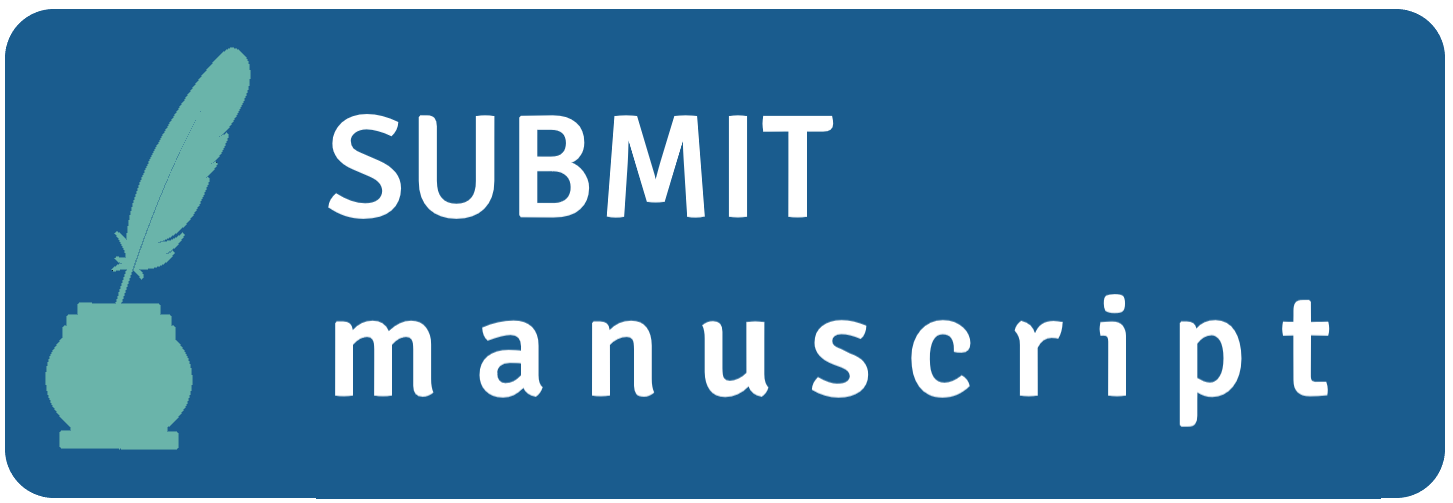The value of calling-back patients to detect surgical site infections following orthopaedic and neurological surgeries in a tertiary care centre in Lebanon
DOI:
https://doi.org/10.3396/ijic.v15i2.18629Abstract
Surgical Site infections (SSIs) are a major source of morbidity, mortality and increased medical costs among patients undergoing surgeries. SSIs may be detected during hospitalization following surgery, upon readmission, through Emergency Department or clinic visits. Calling-back patients might be used to detect SSIs in patients who seek medical care in different centres. An active, patient-based, prospective surveillance for SSI following orthopaedic and neurological procedures was conducted between July and September 2016 at the American University of Beirut Medical Centre (AUBMC). Trained infection control preventionist conducted the surveillance based on the CDC/NHSN (Centers for Disease control and Prevention/National Health Care Safety Network) definition of SSI and the NHSN methodology for data collection by calling-back patients and assessing the signs and symptoms of SSIs at 30 or 90 days after the operative procedure using a standardized checklist. Calling-back patients was initiated following an increase in the SSI rates for particular surgeons in these specialties. Rates were expressed as number of SSI in a designated specialty per 100 operative procedures of the same specialty and were benchmarked with NHSN and the International Nosocomial Infection Control Consortium (INICC) rates. No SSIs were identified through the phone calls among the 178 patients who were assessed throughout the surveillance period. Whereas, 2 SSIs were identified through the routine surveillance of hospital re-admissions and one SSI was identified from the review of the outpatient clinic records. SSI rates remained unchanged compared to the adopted surveillance methodology and were 3.7% following neurological surgeries and zero following orthopaedic surgeries at the time of the active surveillance. Call-back programs may be beneficial to obtain additional post-discharge surveillance information. However, patients may have a difficult time assessing their status and the possibility of developing an SSI. Moreover, this process was found to be time consuming, and was not successful in identifying additional SSIs. Re-assessment of this method is essential to examine the value of calling-back patients in detecting SSIs.Downloads
Downloads
Published
How to Cite
Issue
Section
License
Authors retain copyright of their work, with first publication rights granted to IJIC. Read the full Copyright- and Licensing Statement.



